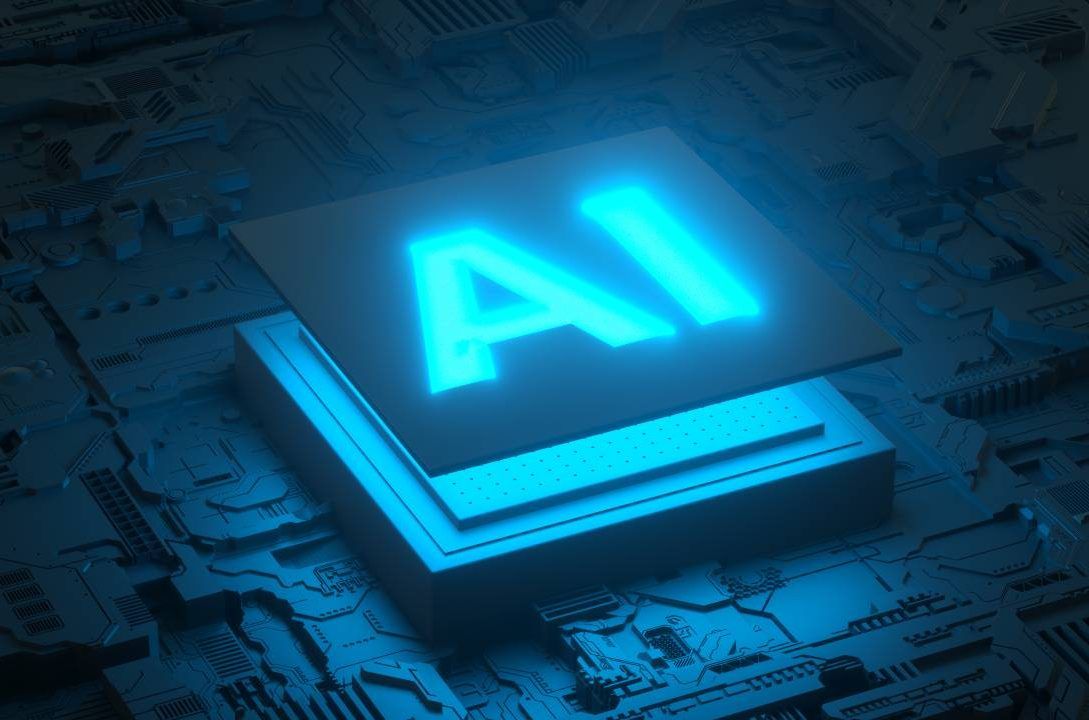Generative AI can be defined as a subfield of AI that creates new data or content based on patterns learned from existing data. It is a class of deep learning algorithms that can generate new and original output, such as images, music, text, and even 3D models, from a given set of input data. This form of AI has come a long way since its inception, and its history is worth exploring.
The first Generative AI models were rule-based systems that comprised pre-defined decision-making trees. These models could generate limited output based on specific parameters and were often referred to as expert systems. Expert systems were used in various industries, such as medicine, to help doctors diagnose patients.
History of Generative AI
In the 1990s, a new type of Generative AI was developed known as Genetic Algorithms. In this method, a population of potential solutions to a problem is generated randomly, and then the best solutions are selected, combined, and mutated to create a new generation of potential solutions. This process continues, and over time, it generates solutions that are better suited to the problem.
Neural Networks were first developed in the 1940s to mimic the way the human brain works. However, it was not until the early 2000s that they became a popular tool for Generative AI. Neural Networks consist of interconnected nodes that process information and learn from the data they are trained on. This technique is used by many Generative AI models, including Generative Adversarial Networks (GANs), Convolutional Neural Networks (CNNs), and Recurrent Neural Networks (RNNs).
The development of GANs in 2014 was a significant breakthrough in Generative AI. GANs use two neural networks, the generator and the discriminator, to create new content. The generator produces new data that is supposed to be similar to the training data, while the discriminator tries to distinguish between the real and fake data. Over time, the generator learns to create better output, and the discriminator becomes better at catching fake data. This interplay results in the generation of realistic images, audio, and text.
In recent years, Generative AI has made significant strides in the areas of image and text generation. For example, OpenAI’s GPT-3 (Generative Pre-trained Transformer 3) can generate natural language text that is virtually indistinguishable from human writing. GPT-3 uses a massive neural network trained on a vast corpus of text data to generate coherent and grammatically correct output.
Generative AI is a rapidly evolving field, and it is heading towards more advanced and sophisticated models that can generate even more complex and realistic content.
Here are some of the key areas where generative AI is heading:
- Deep Learning: Deep learning techniques are expected to play a major role in the development of generative AI models. Deep learning algorithms, such as GANs and VAEs, are already being used to generate images, videos, and music, and these techniques are expected to become more advanced in the future.
- Natural Language Processing: Generative AI is also heading towards more advanced natural language processing models that can generate more coherent and fluent text. This could have significant applications in areas such as chatbots and automated content generation.
- Multimodal Generation: Another area where generative AI is heading is multimodal generation, which involves generating content across multiple modalities, such as images, text, and audio. This could have applications in areas such as virtual reality and augmented reality.
- Explainable AI: Explainable AI, which involves developing models that can provide explanations for their decisions, is also an important area of development in generative AI. This could help improve transparency and trust in AI systems.
- Ethical Considerations: As generative AI becomes more advanced and powerful, there is a growing need to address ethical considerations, such as the potential misuse of generative AI for harmful purposes, as well as issues related to bias and privacy.
Conclusion
Overall, generative AI is expected to have significant impacts on various industries, and it is likely to continue to evolve and advance in the coming years.
Related Posts:
Get Started with a free 15 -day trial
No credit card required for Trial Plan
Continue using starter plan for free forever, after trial or upgrade to Premium Subscription






[…] Generative AI in 2023 […]
[…] Generative AI in 2023 […]
[…] Generative AI in 2023 […]
[…] Generative AI in 2023 […]
[…] Generative AI in 2023 […]
[…] Generative AI in 2023 […]
[…] Generative AI in 2023 […]
[…] Generative AI in 2023 […]
[…] Generative AI in 2023 […]
[…] Generative AI in 2023 […]
[…] Generative AI in 2023 […]
[…] Generative AI in 2023 […]
[…] Generative AI in 2023 […]
[…] Generative AI in 2023 […]
[…] Generative AI in 2023 […]
[…] Generative AI in 2023 […]
[…] Generative AI in 2023 […]
[…] Generative AI in 2023 […]
[…] Generative AI in 2023 […]
[…] Generative AI in 2023 […]
[…] Generative AI in 2023 […]
[…] Generative AI in 2023 […]
[…] Generative AI in 2023 […]
[…] Generative AI in 2023 […]
[…] Generative AI in 2023 […]
[…] Generative AI in 2023 […]